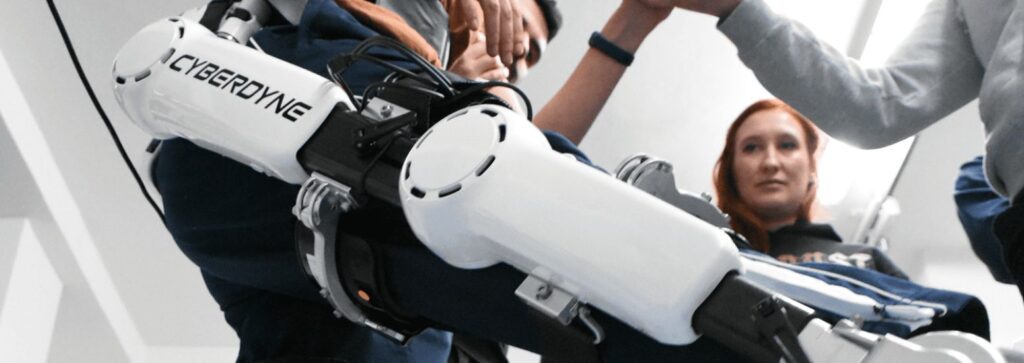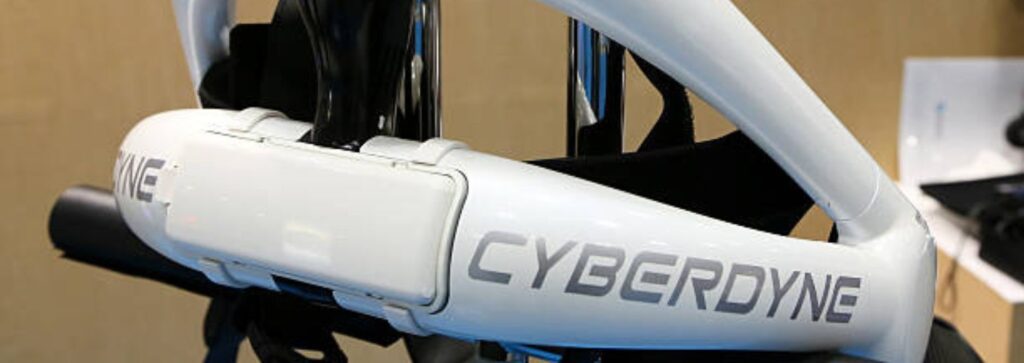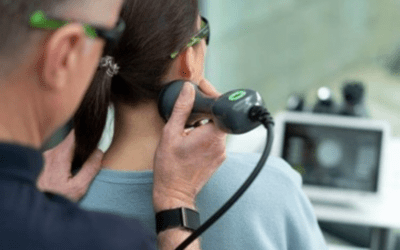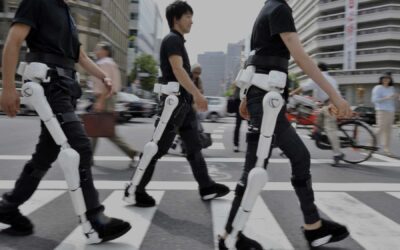Rehabilitation technology is the use of technology to meet the needs of people with various types of disabilities. Stroke being one such…
Stroke is one of the frequent causes of disability, paralysis, and paresis, preventing patients from doing daily activities. This can happen when blood vessels are blocked or because of bleeding in your brain. Strokes are a life-threatening emergency, and immediate medical attention is critical to prevent permanent damage or death
It affects the lifestyle and quality of life of patients, but because of the current medical advances, treatment and rehabilitation can help reduce morbidity, and paralysis and improve patient performance.
Rehabilitation Technologies are often used to improve the physical functions of the patient, post-injury or illness. Using cutting-edge technology and programmes for injuries, rehabilitation technologies have moved many physical therapy rehabilitation centres to the front of their field.
Though there are many different and effective rehabilitative technologies, here are some of the most innovative ones to look out for in physical therapy offices.
Techniques for neurorehabilitation

- Robotics-
Robotic technology is currently used for rehabilitation purposes, robotic rehabilitation, or robotic rehabilitation therapy. These are machines that get operated automatically. Rehabilitation robots improve the physical functioning of disabled persons. Specialised robots help people regain and improve arm or leg function, especially after a stroke.
- Virtual reality-
‘Virtual Reality [VR] in rehabilitation allows disabled patients to accomplish the actions they could not do. VR-assisted rehabilitation is considered more effective than conventional methods. People recovering from an injury can retrain themselves to perform motions within a virtual environment.
- Musculoskeletal modeling and simulations-
These computer simulations of the human body can pinpoint underlying mechanical problems in a person with a movement-related disability. This technique can help improve assistive aids or physical therapies.
- Physical Prosthesis-
A prosthesis is a replacement for a lost or non-functional body part. The healthcare provider will assess the patient’s capabilities, psychological status, pre-amputation functioning, etc., and decide the type of prostheses required. After introducing the prosthesis, the patients may be instructed about their function and maintenance. They will also be taught about exercises to be carried out afterwards.
- Transcranial magnetic stimulation [TMS]
TMS sends magnetic impulses through the skull to stimulate the brain. This system can help people with a stroke recover movement and brain function.
- Transcranial direct current stimulation [TDCS]
Transcranial direct current stimulation, or TDCS, is another non-invasive brain stimulation technique. In TDCS, a mild electrical current travels through the skull and stimulates the brain. This can help recover movement in patients recovering from stroke or other conditions.
- Motion analysis
Motion or movement analysis analyses the movements done by the patient. Motion analysis captures video of human motion with specialised computer software that analyses motion in detail. The technique gives healthcare providers a detailed picture of a person’s movement challenges to guide proper therapy.
Leading Rehabilitation Techniques

The Hybrid Assistive Limb – HAL by Cyberdyne cuts barriers and gives more opportunities to people with disabilities in education, rehabilitation, employment, transportation, living at home, and recreation. This technology is a result of the efforts made by rehabilitation engineers. Cyberdyne helps improve brain function, especially in the case of patients recovering from a stroke, depression, and other disorders associated with brain functioning.
Vibramoov technology offers a unique opportunity to preserve & enhance the sensory-motor functions of patients suffering from motor impairments. It delivers revolutionary therapies and enhances the quality of life for everyone in need.
LightForce Therapy Lasers, which use cutting-edge, pain-free technology, have been clinically proven to relieve pain and inflammation. It is effective in treating chronic and acute conditions. Deep Tissue Laser Therapy accelerates the body’s natural healing process through photo-bio-stimulation.
So, connect with us at www.rehabmodalities.com to learn more about our rehabilitation therapy.
To know more write to us: info@rehabmodalities.com



